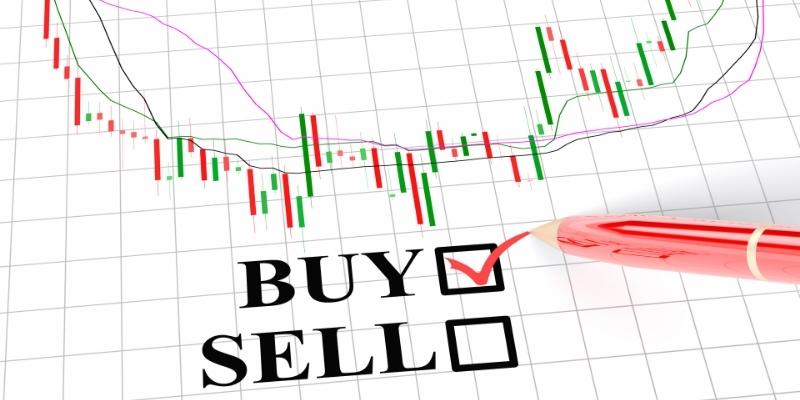There are appropriate and inappropriate times to sell an investment like a stock. In most cases, it is not a good idea to sell a stock just because the price of that stock has climbed or reduced; nonetheless, certain circumstances completely justify putting in one or more sell orders.
There is no way around that stock market investing will almost certainly result in a financial loss. Sometimes the loss is obvious and noticeable immediately, such as when a stock you purchased at a higher price has experienced a significant price drop.
On the other hand, sometimes your losses aren't as obvious since they're less obvious and happen over a longer period. It makes them less noticeable. Let's take a closer look at when it's a good idea to sell a stock, how much of a profit or loss you can expect to make, what kinds of situations call for selling, and what situations do not.

Market Value of Stocks
The level of interest from investors often indicates how the business will do in the future. When there is high demand for a stock, such as when numerous buyers are interested in making a purchase, the price of that stock rises.
Your stock may be worth less than you bought if the company isn't profitable or if investors are selling rather than buying. A stock's success is influenced not only by its inherent qualities but also by the market as a whole, which is itself subject to the economy's whims. Some traders will sell their equities and put the money into bonds when interest rates go up.
The value of your investments could fall if a lot of other people start selling off their stocks at the same time as you do. Political unpredictability at home or abroad, energy or weather woes, and soaring corporate earnings are a few additional factors affecting market performance.
But, and this is crucial, stock prices will eventually fall to a level where they once again attract investors. If you and other investors start buying again, stock prices will climb, giving you a chance to make a profit and allowing those who stayed in the market to recoup any "paper losses" they incurred. If more individuals start investing again, the stock market could get a boost.
When To Buy Stock?
Investing money in stocks and staying invested is the key to financial success. Time in the market is the most reliable indicator of long-term success. The average yearly return from the stock market is a cool 10% compared to savings accounts and bonds.
However, many people who put money into the stock market don't see that 10% return because they don't hold on long enough. Investors that constantly enter and exit the market miss out on the year-over-year gains that could have been theirs.
Many experts in the field of personal finance stress the need of just investing money that you won't need for at least five years. That way, you can make money through market fluctuations. Your chances of seeing a positive return on your investment in the market increase with the length of time you spend there.
The best-performing stocks typically see their profits rise over time and the stock price rises as a result. The increase in value provides a financial reward to stockholders.

When To Sell A Stock?
When you're winning, it's smart to go away. Successful investors know how to remove their emotions from the equation. To help yourself, setting a pricing goal is a great idea. It would help if you sold your shares no matter when you reached your goal.
In that manner, you can ensure a healthy return on investment. You put yourself in danger if you allow your emotions to make you hold out for a higher price than you should. The stock market can be favorable one day and unfavorable the next.
You will have lost your chance to make a profit in one fell swoop, an outcome you could have prevented by staying the course. The advice of a seasoned investor would be to set a range of prices rather than one firm one. The first step is to sit tight until the price of your stock doubles.
Flexible Approach to Closing the Sale
The age-old stock investment maxim is seeking high-quality businesses selling at reasonable prices. It's easy to see why there aren't any hard and fast rules for buying and selling once you accept this premise, as it seldom comes down to a simple adjustment in price.
The features of the company itself should also be taken into account by investors. On the fundamental analytical side, there are various subsets of investors, such as value and growth investors.
For all its effectiveness for one seller, a certain tactic may not resonate with another. If you're a day trader, you might use a stop-loss order if the price drops by 3 percent. Additionally, investors with a three-year time horizon can benefit from the stop-loss approach.
Yet the percentage drop would be far bigger, say 15%, than that used by short-term traders. However, as the time horizon of the investment grows longer, the stop-loss method gets less and less effective.
Conclusion:
Maximum market activity occurs during trading hours in the first few minutes of trade and the final ten minutes before the closing bell. Many large corporations are extremely liquid, allowing trades to be executed instantly throughout trading.
Investors in smaller corporations may have a significant latency between placing an order and having that order filled. It is especially risky to trade after hours or before the market opens because there may be no one to trade with.



